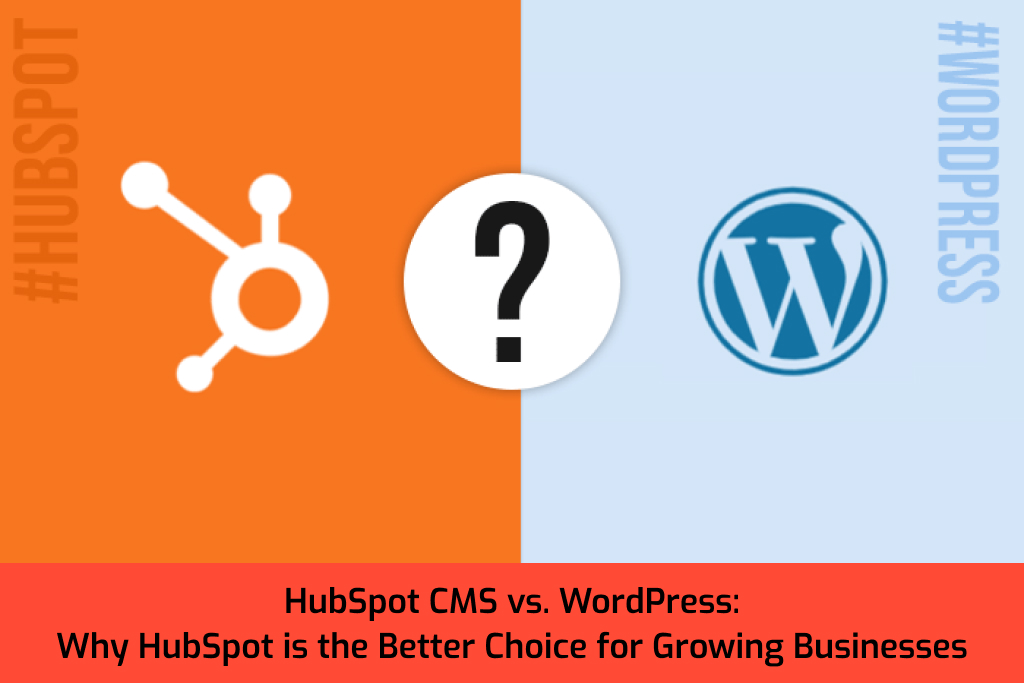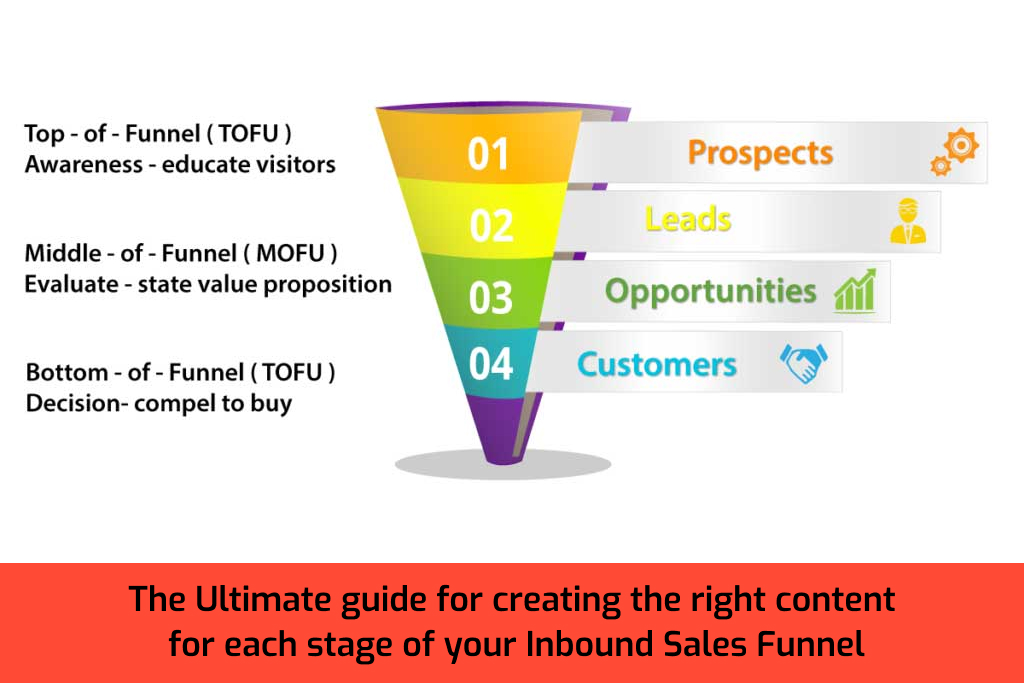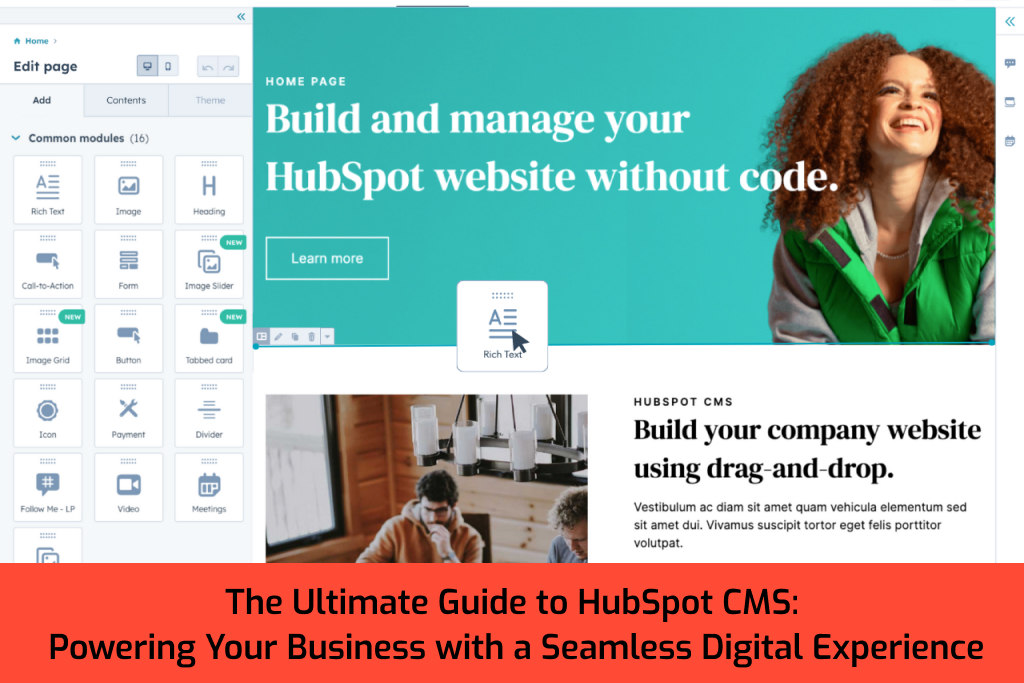Since you need to have visitors coming to your website, take a look at your content and must keep coming back for future content. Apart from these, you have to expect a few among them to be moving down your funnel, by signing up for the offers you promote and becoming customers. In that sense, inbound marketing is a difficult process.
The most essential component of inbound marketing is personas. They define everything about the prospects you’re trying to reach, their goals, challenges, even the keywords they use to find products and services. The information gathered about personas is used to guide content creation.
We’ve found many personas to be short, either because of how they’re created or how they’re used. Even though They’re often considered good at informing and guiding top-of-funnel (TOFU) content, they do a poorer job when it comes to informing the middle-of-funnel (MOFU) and bottom-of-funnel (BOFU) content.
Middle-of-funnel (MOFU) and bottom-of-funnel (BOFU) content are considered as critical when it comes to turning the leads into opportunities and opportunities into customers.
We’ll be explaining how the funnel stage personas can help you in creating the right content, for each stage of your inbound sales funnel.
PERSONAS 101
Personas- the people which you’re targeting, can be considered as the critical component in an inbound marketing campaign. It may also include people, who’ll visit your website and, hopefully, enter your sales funnel.
Personas contain lots of information such as:
- Roles they serve in their organization
- Goals, including task-based, personal career goals, and organizational goals
- Challenges that make their role more difficult or impede them from reaching their goals
- Demographics so that you can understand how to speak to these prospects and what social networks they use
- Common stories to bring everything together including their role, tasks, challenges, and goals
- Marketing-related information such as the keywords personas will use to find products and services you offer (see our article about selecting the best keywords for content)
Using challenges to generate a topic list and then using specific pain points to build compelling titles and create content that educates about those challenges are the common ways in which, personas are used to inform a content plan.
The prospects are converted into leads, as they move down the funnel. By explaining how your solutions solve the problems, you eventually compel leads to connect so that you can explore their needs.
UNDERSTANDING YOUR SALES FUNNEL IS CRITICAL TO INBOUND MARKETING
Since you’re trying to sell products and services, the sales funnel matters. All you need to do is attract people to your website, get them to see and digest your value proposition, and decide to select your products and services to help solve their problems.
Some funnel fundamentals are in order at this point:
There are different stages of the funnel, and each maps to different types of content:
- Top-of-Funnel (TOFU) – Content at this stage tries to educate the users about problems (those challenges faced by your personas) and solutions. In this awareness stage, prospects are doing research and looking for answers and insights.
- Middle-of-funnel (MOFU) – Content at this stage needs to explain about your unique value proposition, how your service solves your persona’s problem, and why your solution is always the better than that of your competitors. At this stage, your leads are evaluating solutions to figure out which one is the best for them.
- Bottom-of-funnel (BOFU) – Content at this stage is supposed to be more interactive and may not necessarily be content – it may be a coupon, a demo, or a free consultation. At this stage, your opportunities are making the decision whether to buy services or not.
The bottom line is, the content you create has to map to what your personas are looking for at each stage or their buyer’s journey.
That’s where we find traditional personas and how they’re typically used, fall short.
MESSAGING IS KEY FOR MOFU AND BOFU CONTENT
Personas can fail to properly guide the middle and bottom of stage content for a number of reasons.
One common reason which we’ve found is that the personas contain a lot of information about the content that will be attracting the visitors to your websites – such as challenges and pain points – but there’s often less about the criteria prospects use to evaluate products and services when they’re trying to determine which solution is best. Frequently, there’s still less information about what compels them to buy. This means your content will be great at attracting prospects, but not so good at turning them into leads, opportunities, and customers. Sometimes the information is present, but it’s not properly broken out.
Let’s be clear, messaging is the key to creating the middle and bottom of the funnel content that compels leads to becoming opportunities, and opportunities to become customers.
For example, if you are having a persona, who evaluates the solutions based on pricing – and sees price as a barrier for buying the services – that information needs to be included in the persona. Such a way that, it will be easy for your content team to recognize it as a critical piece of information for the middle-of-funnel offers.
In the case of dealing with a cost conscious consumer, if the services you provide are on the lower end of the pricing spectrum, when compared to your competitors, providing “bang for the buck” messaging might be helpful in keeping your services in contention for an eventual purchase. On the contrary, if your services are on the higher end of the pricing spectrum, your content must be made such a way that, it better makes the argument as to why paying more now and it provides s better value and ROI later.
FUNNEL STAGE PERSONAS
One of the ways to address this issue is by creating ‘Funnel Stage Personas’. They are very much similar to the standard type of personas mentioned above, but will be having three important differences:
- We take the time to research additional information about what’s important to each persona in the evaluation (MOFU), and decision making (BOFU) stages.
- We break out the information within the persona, to make it clear what key issues content must address at each stage.
- We also validate content against persona stage information to make sure it’s meeting those key issues prior to release.
To do this, you need to have to do research and understand the entire buyer’s journey of your persona. In the persona information, targeting the marketing services to a CIO it might look like this:
BUYER STAGES:
- Awareness – Challenges including goals are not being set, doing social media just for the sake of having a social media. Activities aren’t getting tracked, measured or even reported. Activities are not getting aligned with any of the marketing or sales activities. Unsure of the correct audience, platform, persona usage. Wants to have a better and rich media content. Needs help with content curation and content ideas.
- Evaluation – Needs to be taught with the difference between content creation and an inbound marketing process. Has to justify the budget, so any of the solutions must show good value. It will be helpful if ROI can be mapped to head-count, and improved capabilities to reach common goals such as lead generation.
- Decision – Evidence is the key for this buyer to move. Case studies and testimonials will be serving the purpose of compelling action. Mapping concerns such as initial cost or retainer-based services to reduced costs and better performance overall can help compel action.
With the break out of this information, we found out that it’s much easier to create content, that serves as a better target in the different stages of the buyer’s journey. We also found out that it’s easier to have a more informed and focused discussion about each piece of content, with our client’s reviewers and key stakeholders. We’re essentially bringing the nuance to the forefront – we are now well aware of what purpose do each piece of the content is supposed to serve.
WHERE TO DO THE ADDITIONAL RESEARCH?
When it comes to what persona’s are thinking of when they’re evaluating different solutions, or deciding which solution to buy? How do you find it out, as there are lots of places?
Let’s begin by interviewing one of your current clients and ask them about how they evaluated your products and services to the other vendors – and why you won – then you ask them, what helped them in making the actual decision to buy. Focus groups consisting of people matching your personas are another great way to collect information regarding the buyer’s journey. Apart from all these, we’ve also found out that the discussions made in LinkedIn and Facebook groups are informational, as well as published case studies.
CONCLUSION
In order to match the different stages of your prospects buyer’s journey, you have to fine-tune your content, so that it keeps your leads moving down your funnel.
Funnel stage personas often break out key information by stage, and it may help your content team in producing materials with messages that often speak to their needs at the awareness stage, address barriers and concerns in the evaluation stage, and this compels the action in the decision stage.





